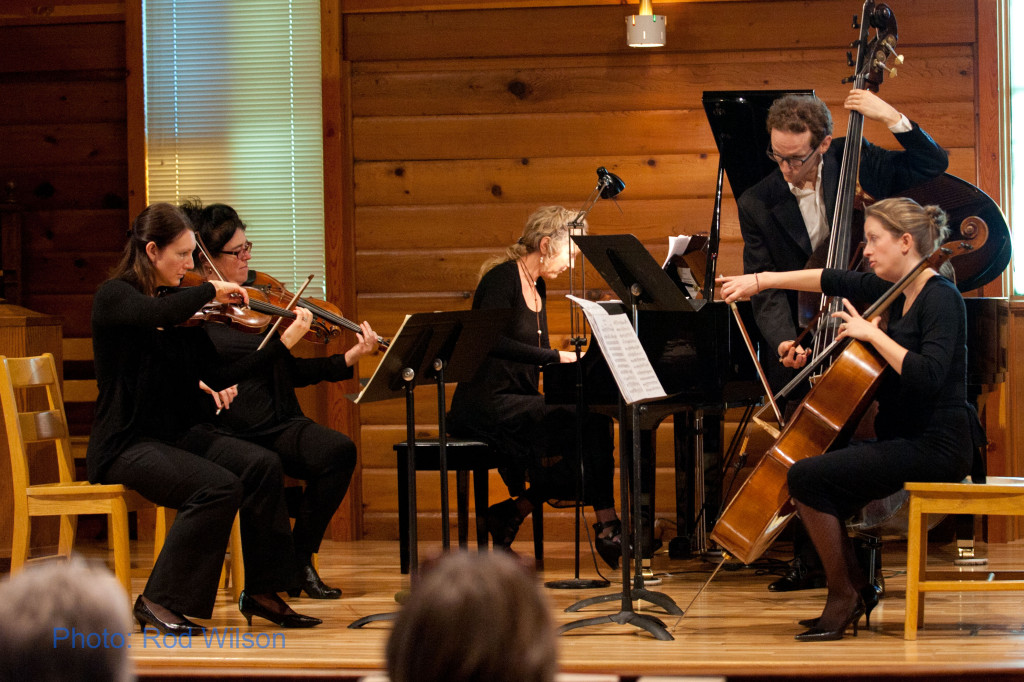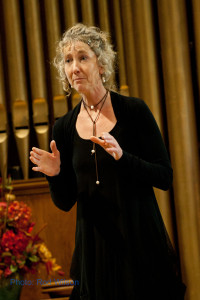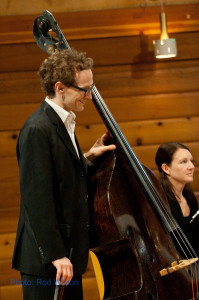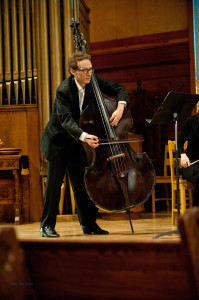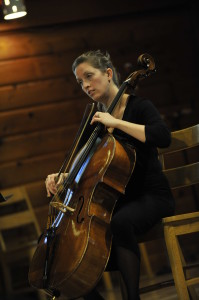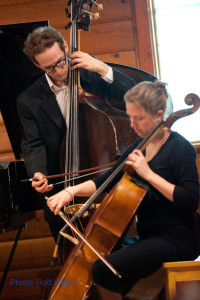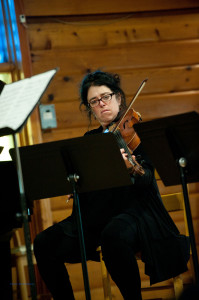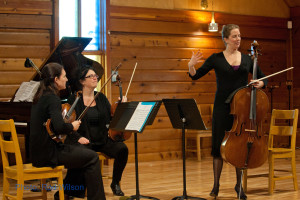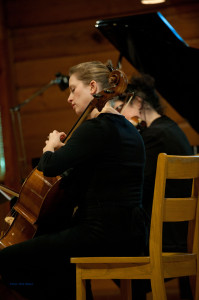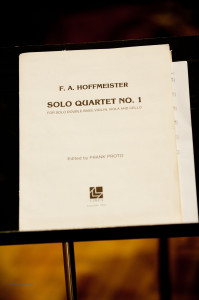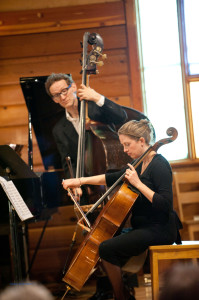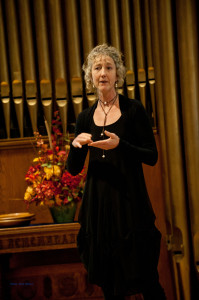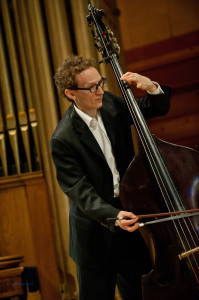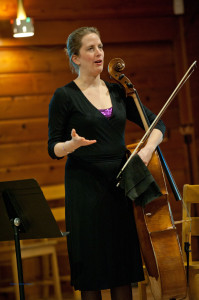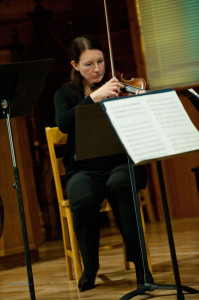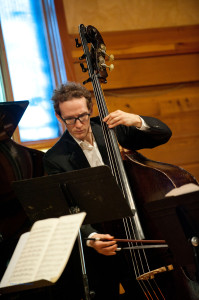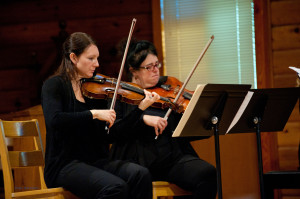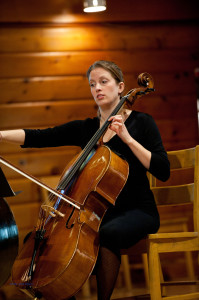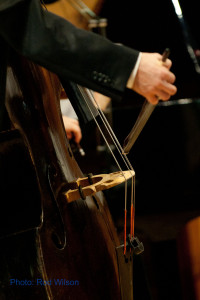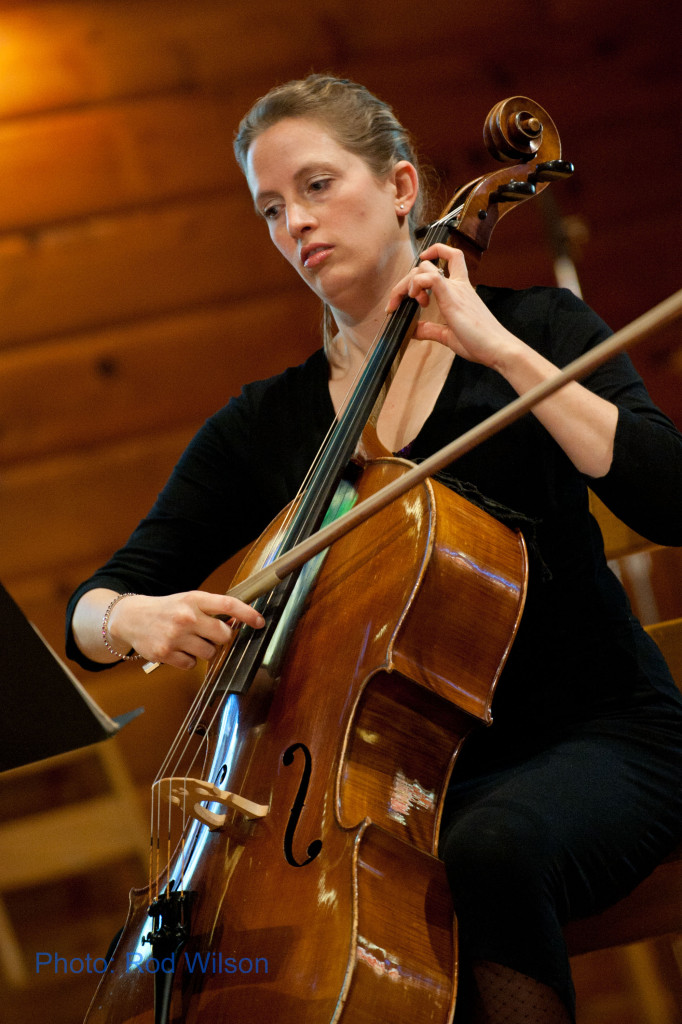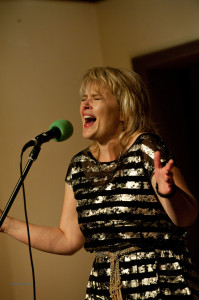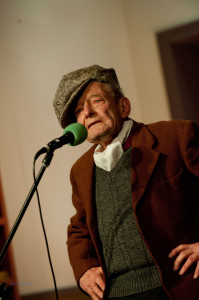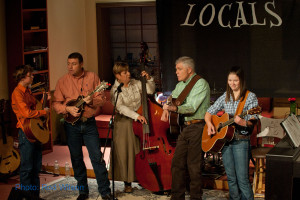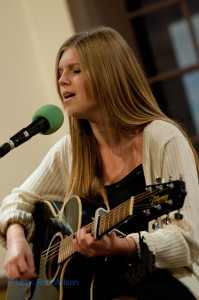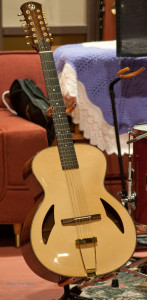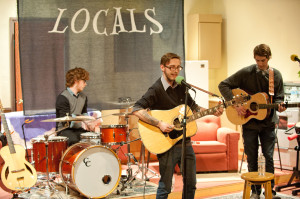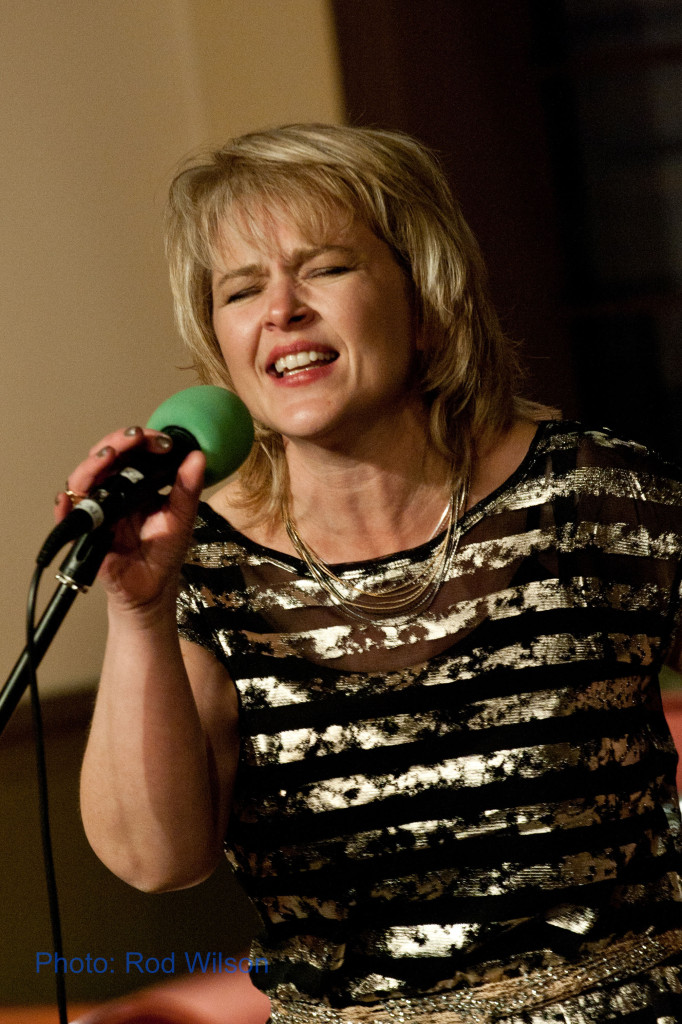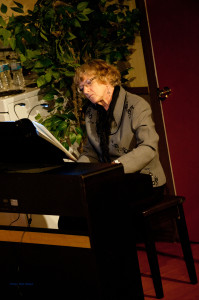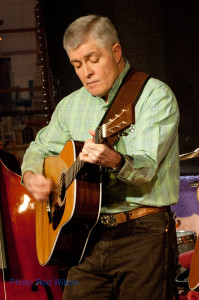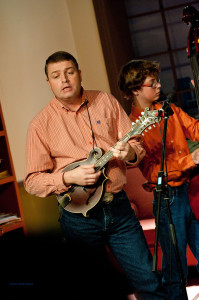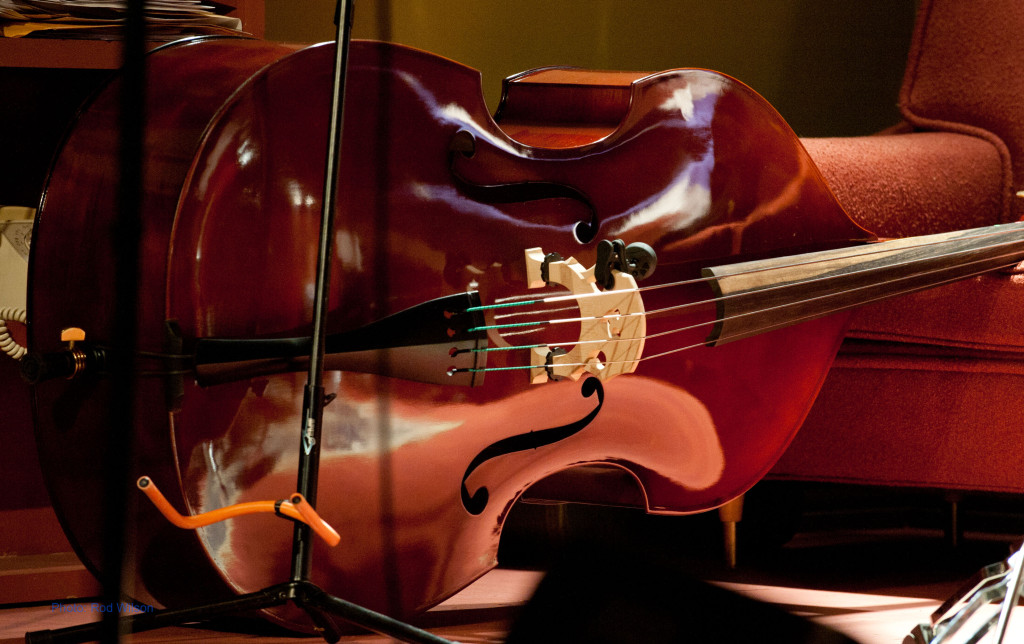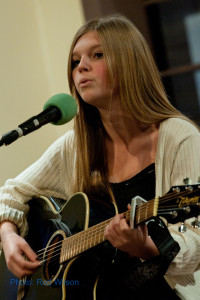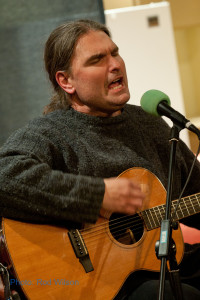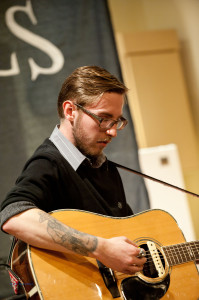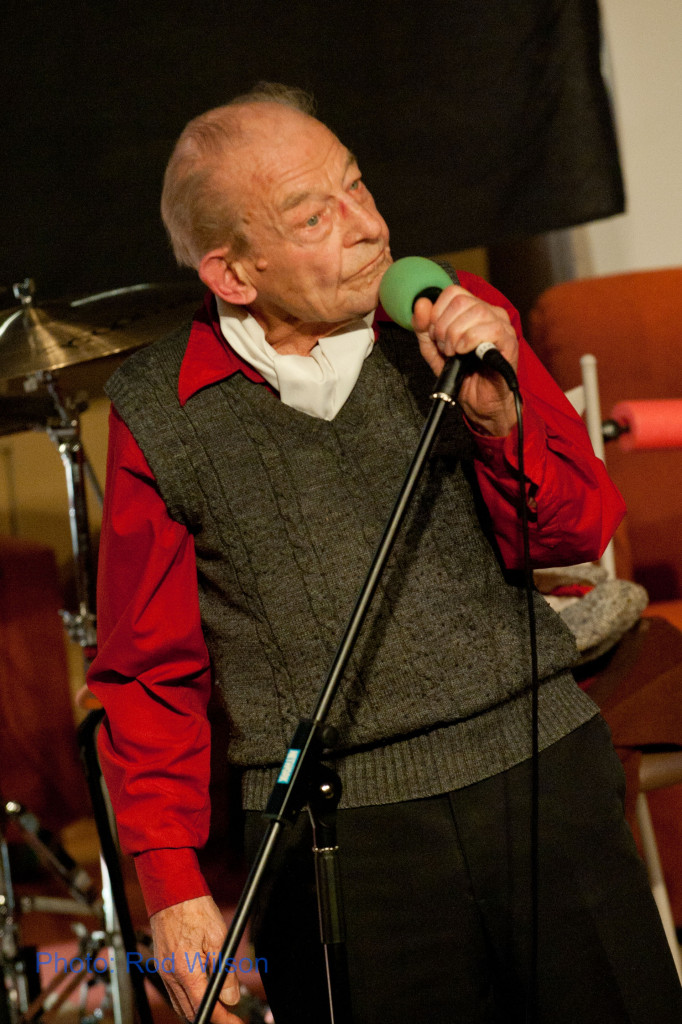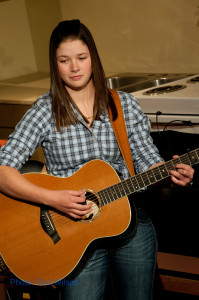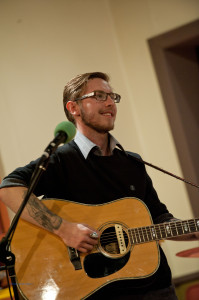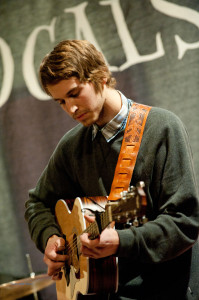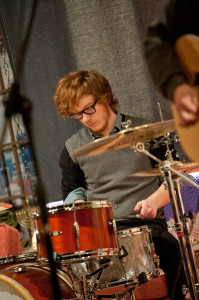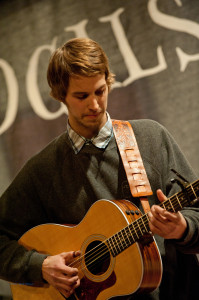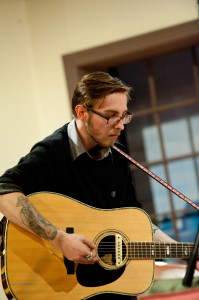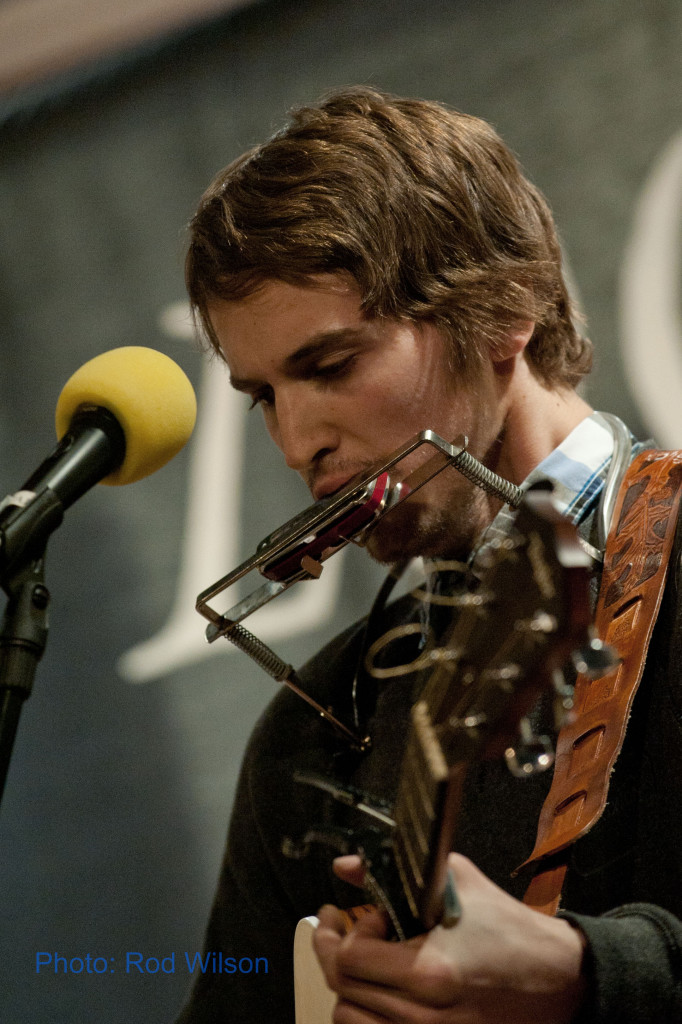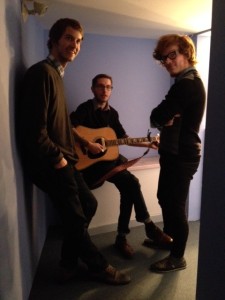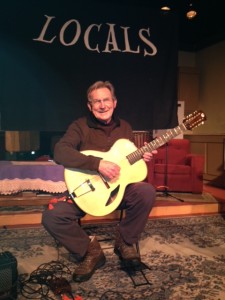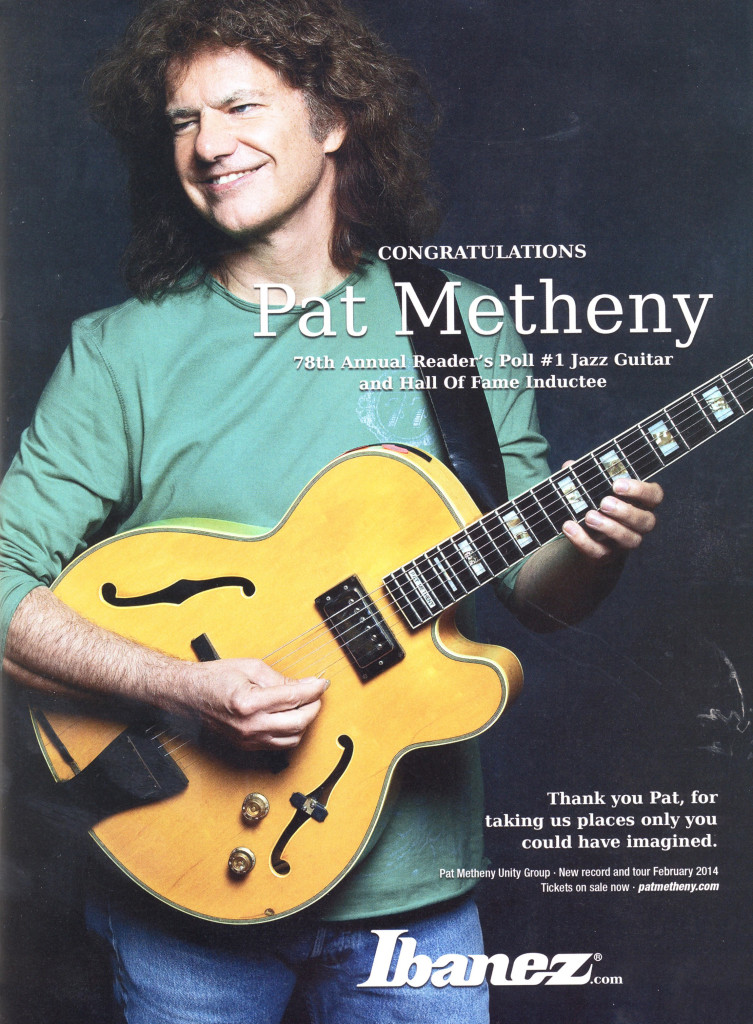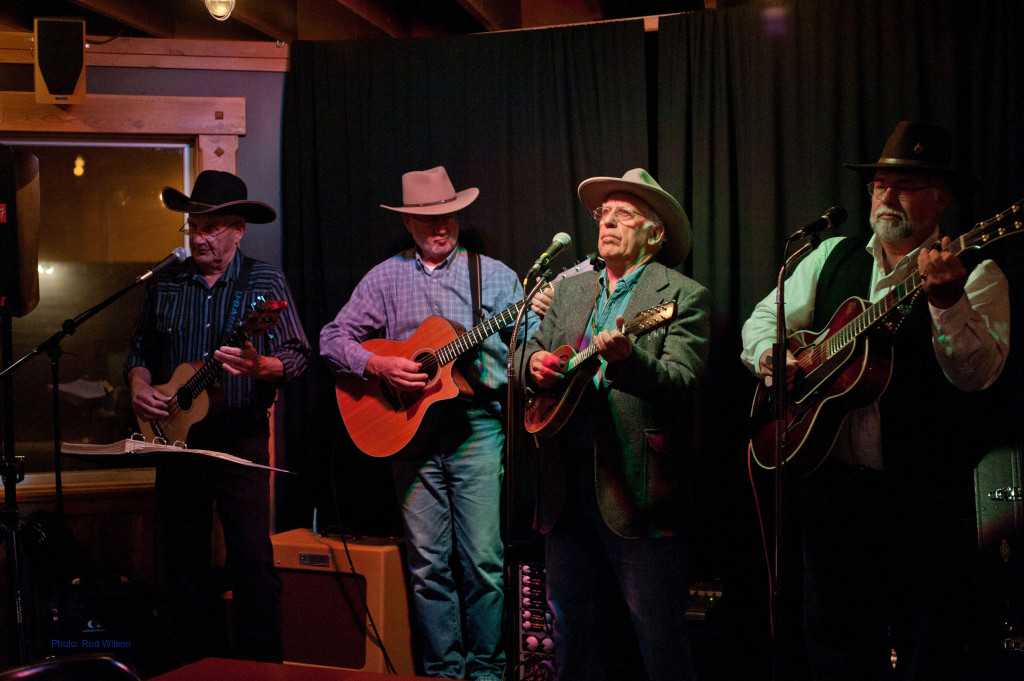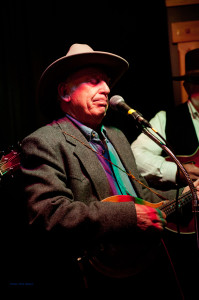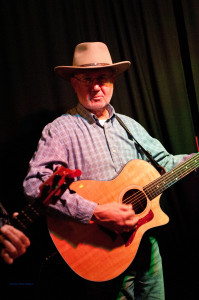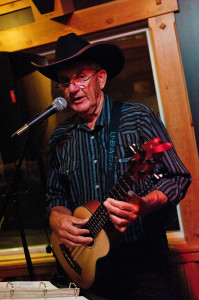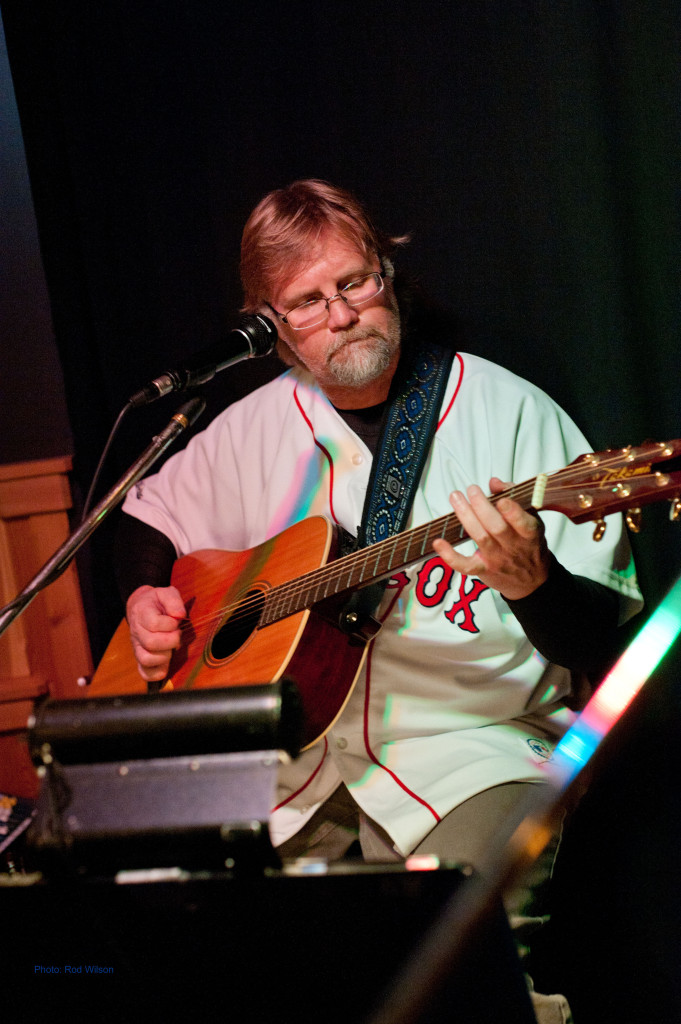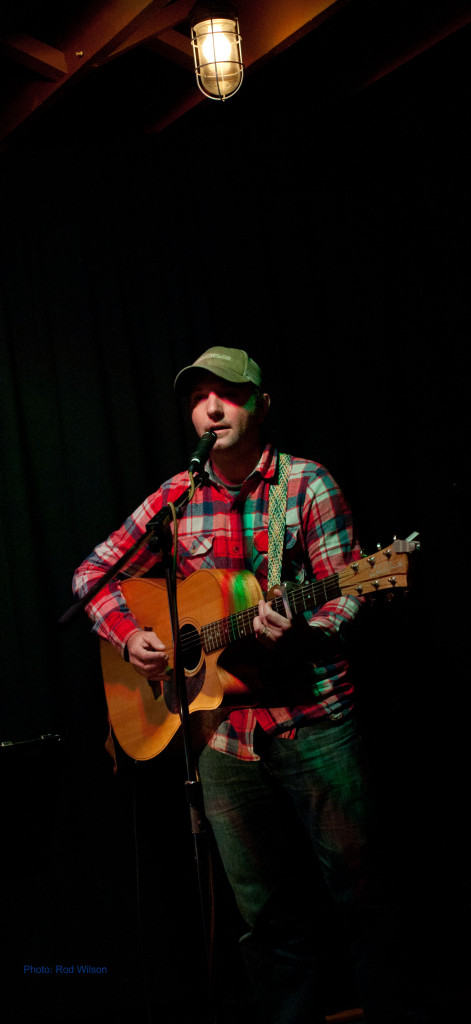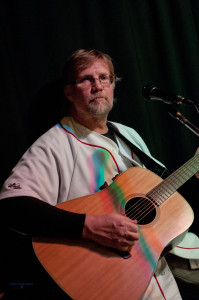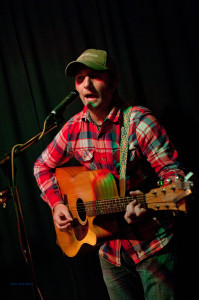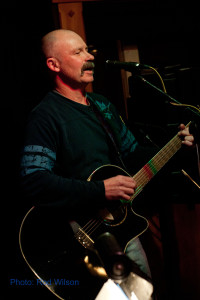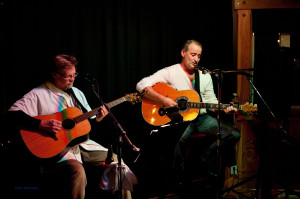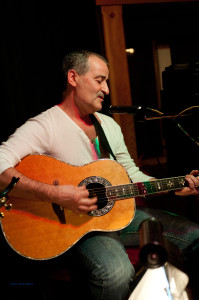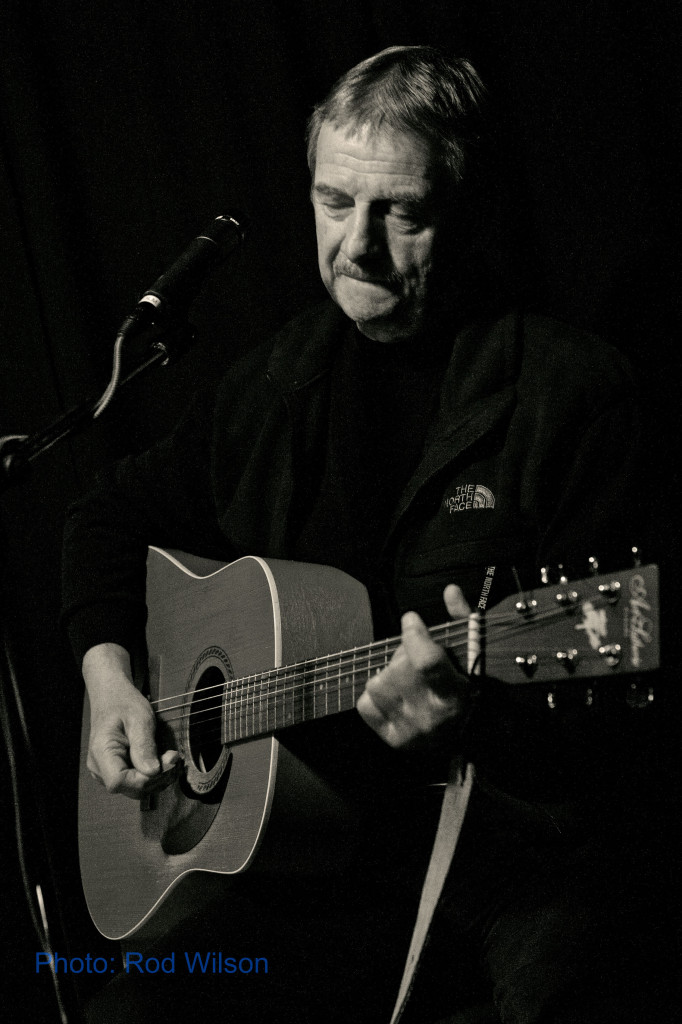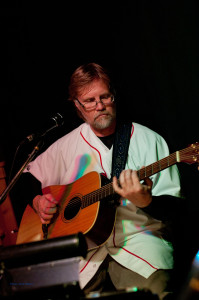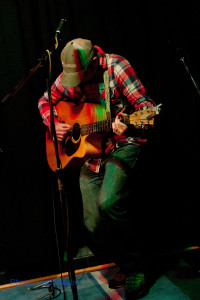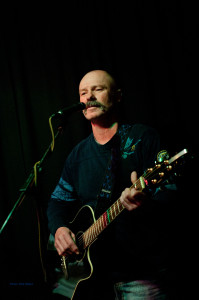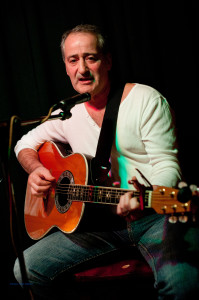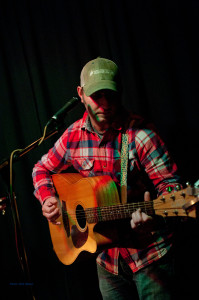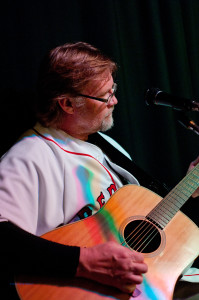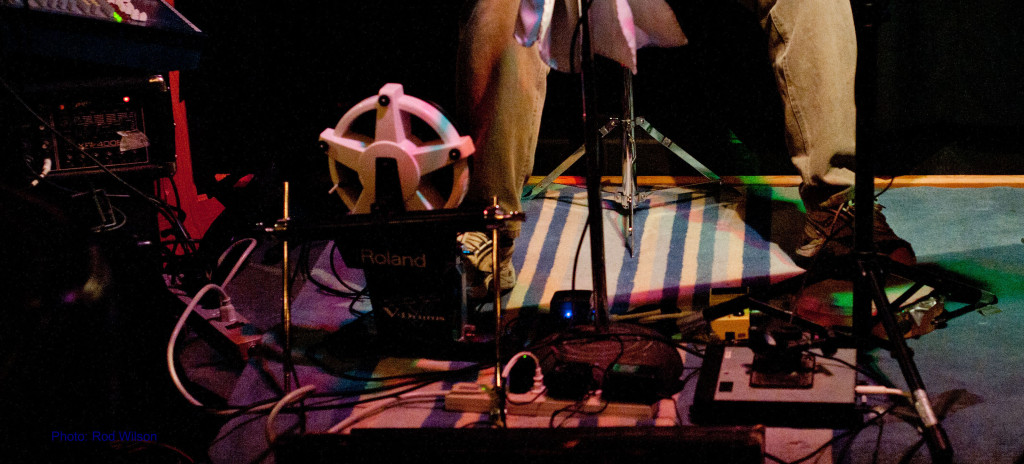Every one needs to have a dream. Every kid who has ever played Ice Hockey has dreamt of ending up with the fame, fortune and fringe benefits of making it into the NHL. The advantage, or disadvantage (depending on your point of view), for those dreamers is that the career path is pretty well set in stone. A player works away at improving his skills and moving on up through the various divisions until some time by his early twenties he has made the cut and moves on into the NHL. Or, at about that time the dream dies when the realization hits home that it is not going to happen and it is time to make a decision to chose a different career path. It may be devastating but there is plenty of time left to chose a new direction and get on with life. By and large musicians dreaming of a professional career do not have that cut and dried process with a definitive decision point. They can flounder around for years without making it as a professional musician. The world is full of garage bands of young musicians thirsting for the fame, fortune and fringe benefits of a rock arena musician. In 99.99% of cases it is not going to happen. Some of the problem is in the actual definition of a “Professional Musician” it is often confused with “Professional Entertainer” and that contributes to the difficulty in determining a process to achieve the appropriate goals. Yes, “musician” or “entertainer”, there is a difference and often they are mutually exclusive. Often a good or even great entertainer can be a fairly mediocre musician. Often truly great musicians are not entertainers at all. It is extremely rare to have a great musician and entertainer in the one package. So, I suppose that issue has to be addressed first before one can hope to start down the right path. What is the correct path to becoming an entertainer? I haven’t a clue (?acting school, ?musical theatre, who knows?). On the other hand, to become a professional musician there are some career options that can be explored. But in becoming a professional musician the one thing that is abundantly clear is that in most instances it wont pay the bills. Most rank and file musicians have a “real job” and just gigging around waiting for the big break is not a wise strategy. The landscape is littered with, often very brilliant, musicians who are couch surfing across the country just trying to survive. Even relatively successful musicians have to constantly hustle to keep their heads above water. So, if a career as a professional musician is the dream then to reach that goal a strategic plan is required and in that plan there should be contingencies for training for “a real job”. Also note that staying in your home town is probably not an option. A budding musician needs to move to a bigger center for educational and performance opportunities. Below is a recent column out of the Jazz Magazine Downbeat by Dan Wilensky (Dan’s Website). Although aimed at potential jazz musicians I think there are enough words of wisdom in the article that can be applied to other musical genres.
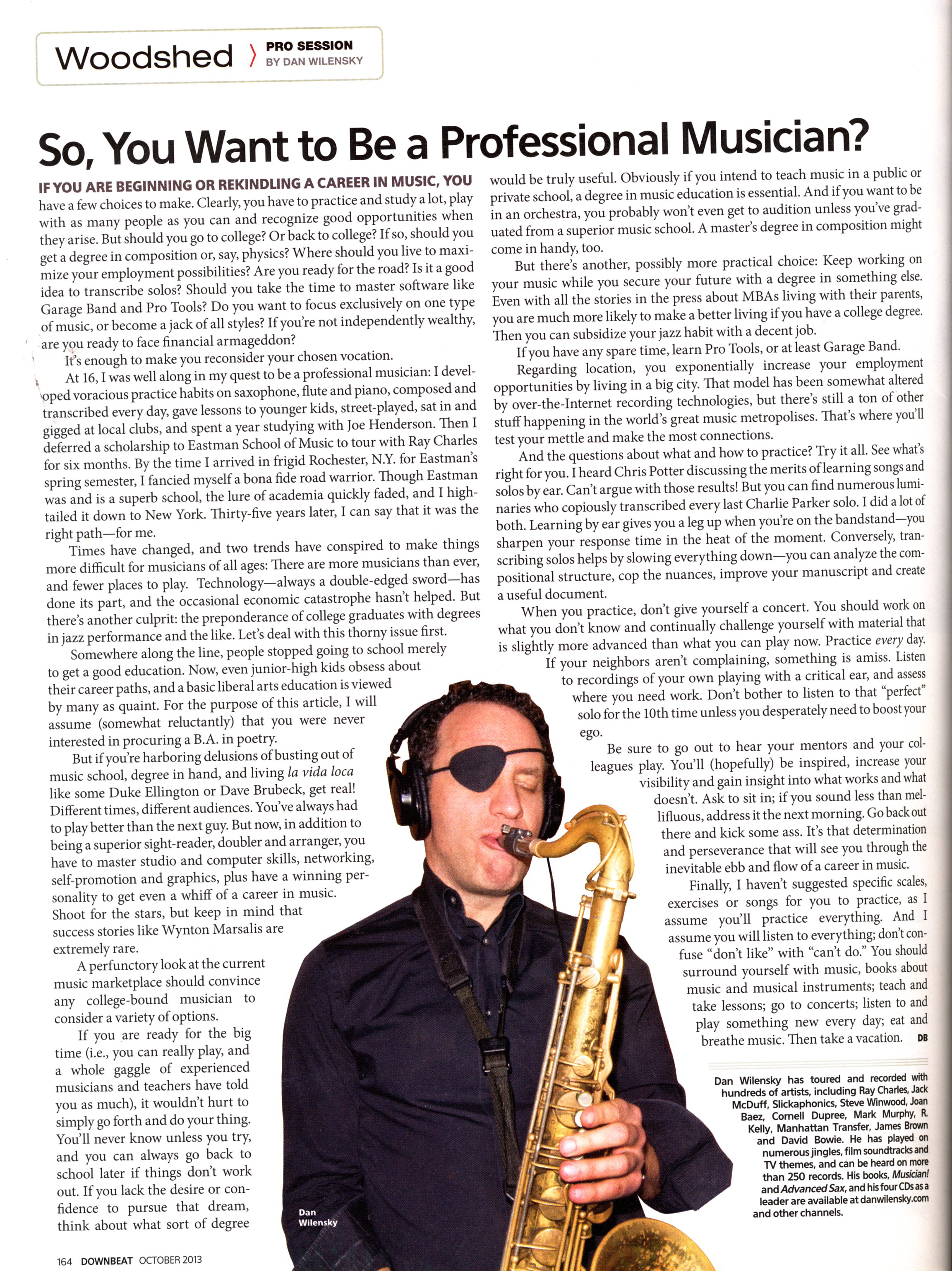 Also there is this published review of book authored by Dan.
Also there is this published review of book authored by Dan.

Musician! Dan Wilensky,Trade Paperback; 156 pages ISBN: 1452857717
“So you wanna be a rock n’ roll star? Wilensky feels your pain and provides a primer for (hopefully or eventually) making music for a living. Musician! is a slim volume, dense with information, and presented with a wry sense of humor and a wink. It is divided into five broad parts: Nuts and Bolts; The Next Plateau; Selling Yourself; Philosophical and Spiritual Guidance; and Tales from the Trenches.
These sections are further divided into smaller subsections written to be read at tempo. Wilensky’s writing is lean (read: not overwritten). He wastes few words, ensuring that the information he conveys is in the least number possible: the most critical quality of good writing is brevity. This philosophy extends to composition. Wilensky notes that composing music adds a necessary dimension to interpreting others’ music. Original and standard performance informs one another.
Wilensky espouses a single over-arching principle: professionalism. Whether it is being punctual at gigs or presenting yourself as a professional, he tows the hard line. There is no room for the romantic notion of the juiced hipster or junkie genius. This is serious business, and never forget that music is a business. He is no less yielding on the craft of the musician. Wilensky properly thinks that it is inexcusable for a musician to be unable to read music. He echos every piano-teaching nun that ever slapped a knuckle with a ruler.
Wilensky carefully avoids dropping names. He has been a successful musician who has performed with many other successful musicians. His practical experiences are recounted in the final section, Tales from the Trenches. Here, the saxophonist recalls several carefully chosen learning opportunities he had in his 30 year career. Entertaining, informative, reverent and helpful, Musician! is a treat for anyone interested in music.”
On a slightly different note, another author, Malcolm Gladwell in his book The Tipping Point, emphasizes the importance of taking care of “the little things” because if you take care of the little things the big things will look after them selves. For instance showing up for an interview or a gig in ripped jeans, regardless of how hip you think it is, sends a negative image and message that you may never be able to offset regardless of your technical capabilities. People still judge a book by it’s cover.
The great Vancouver jazz pianist Renee Rosnes when asked how she managed to make it in the cut throat New York music scene responded with “I have the chops (musical skills), I don’t drink or use drugs, I show up on time and I get the job done”. In other words she takes care of the little things.
@@@@@@@@@@@@@@

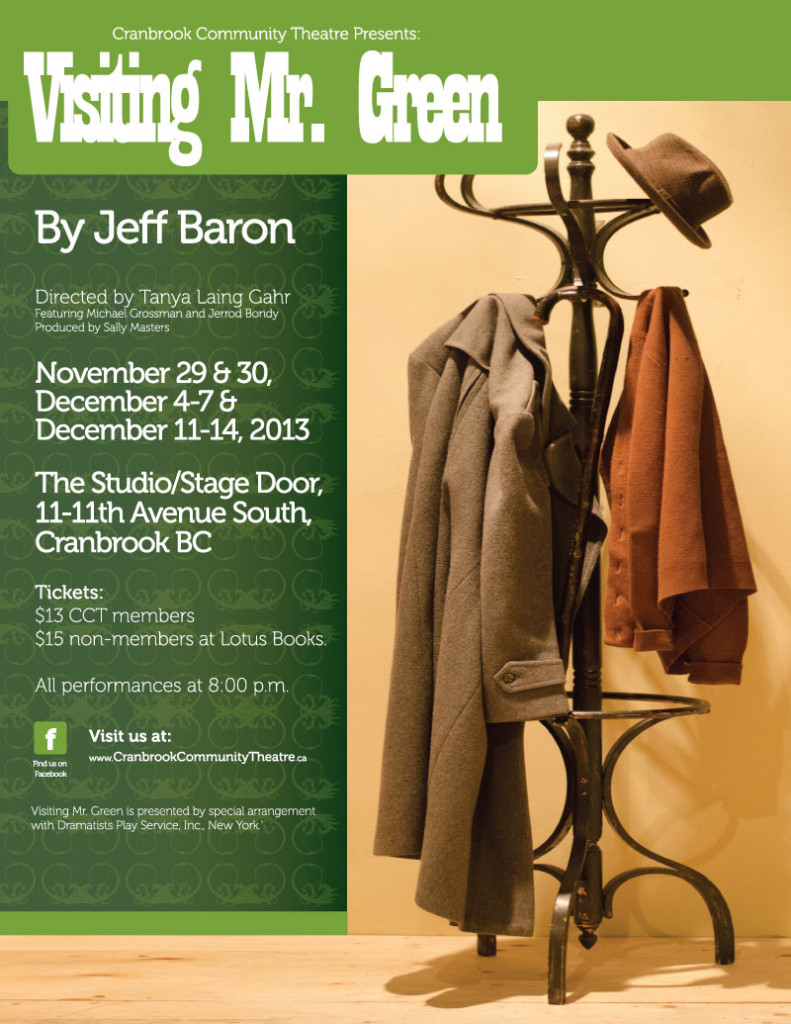
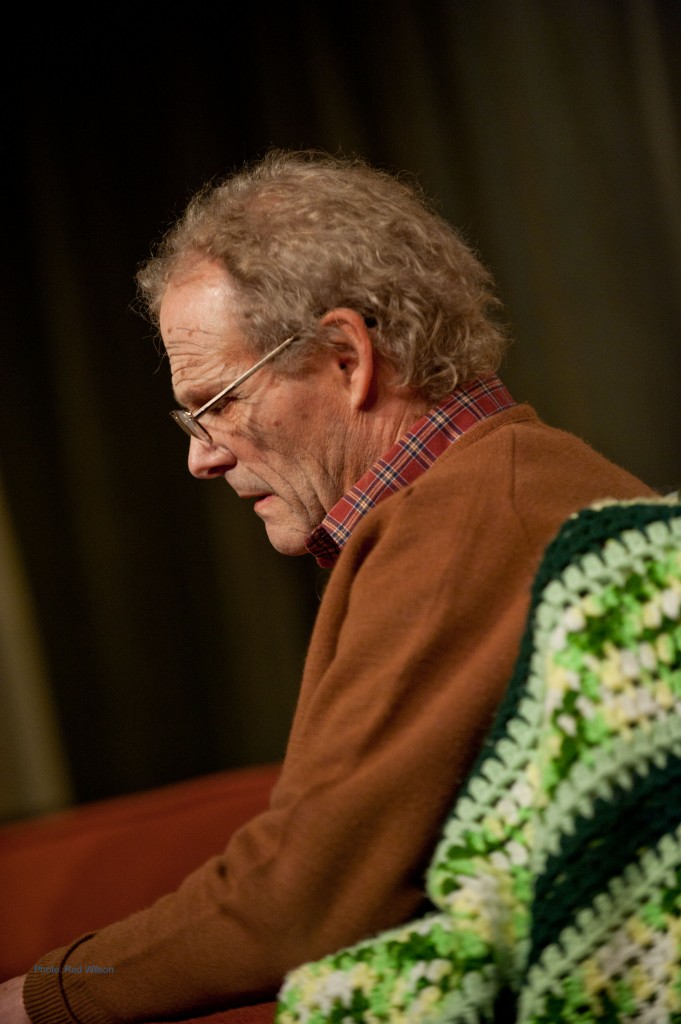
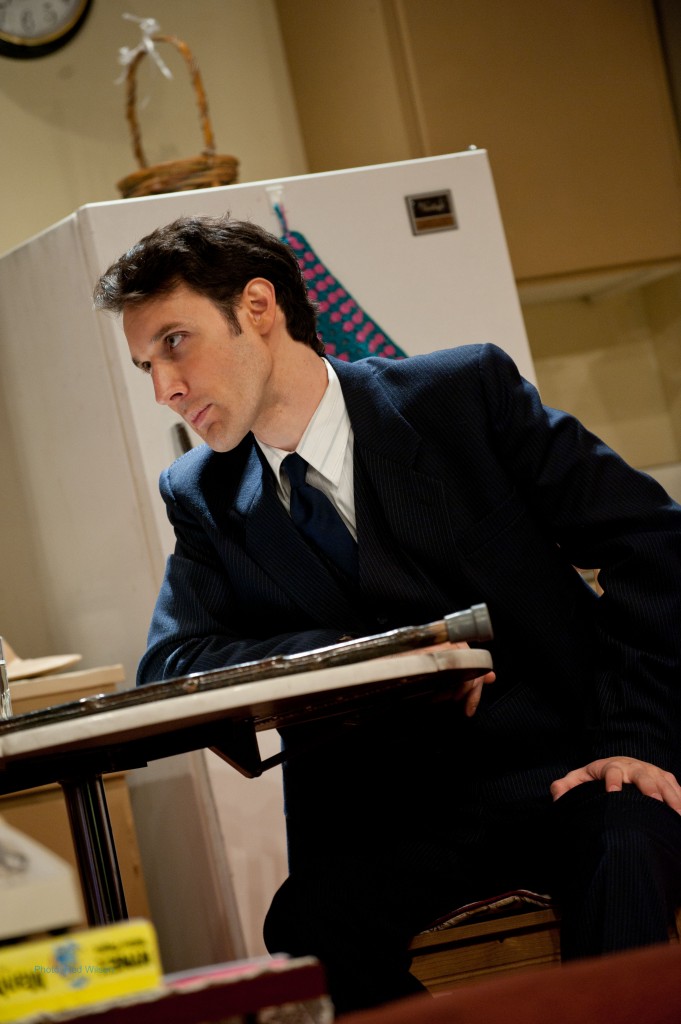
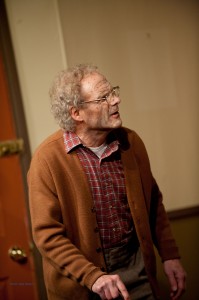
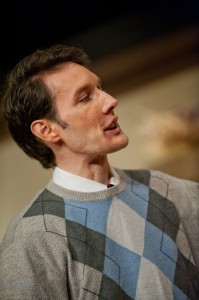
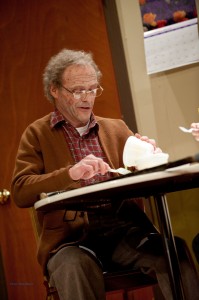
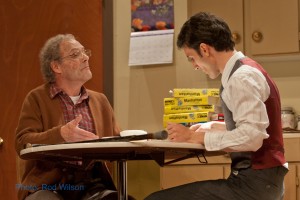
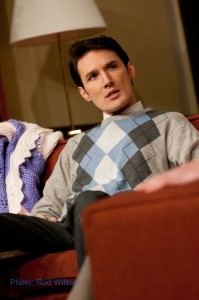
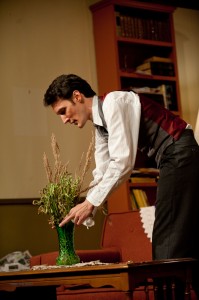

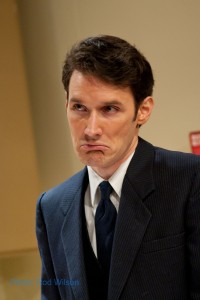
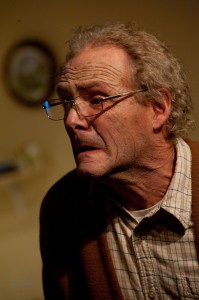
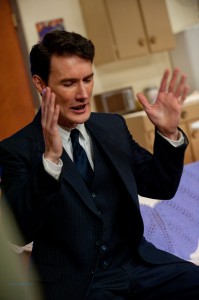
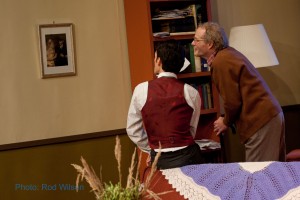
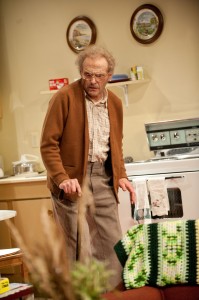
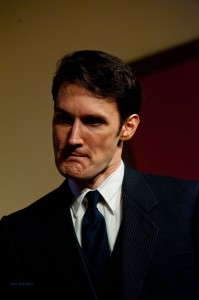
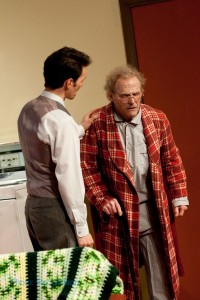
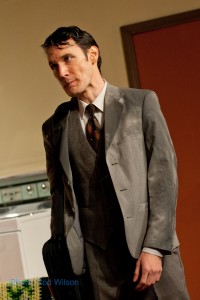
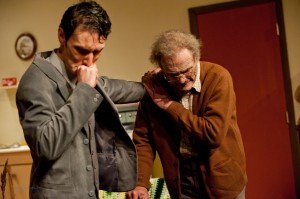
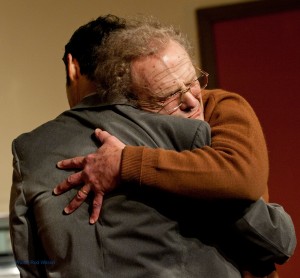
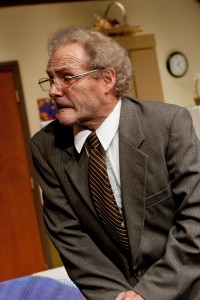

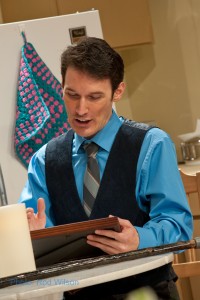
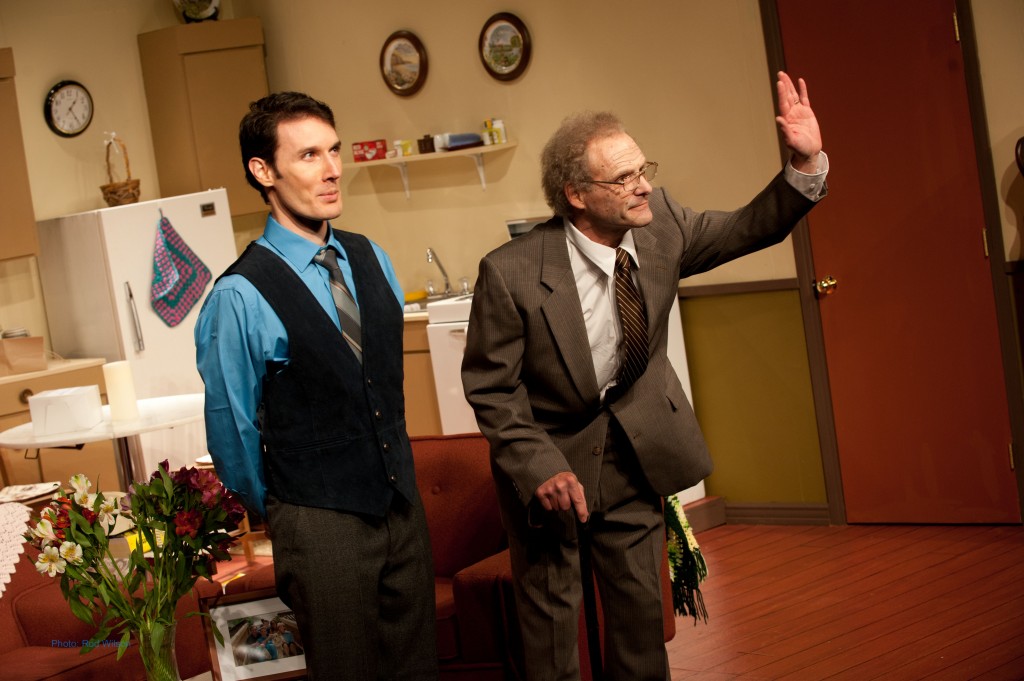 Jeff Baron’s website
Jeff Baron’s website